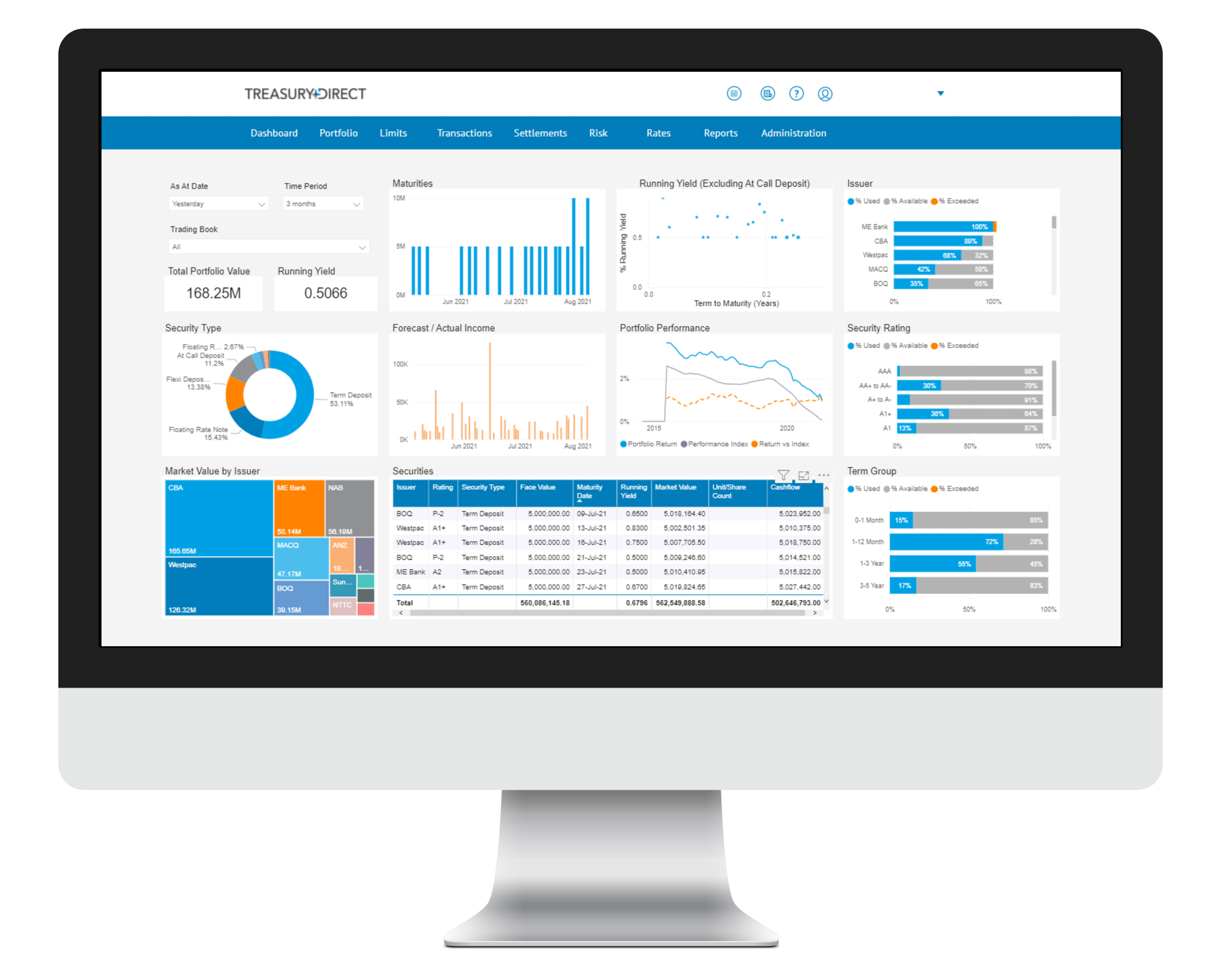Markets Overview
- ASX SPI 200 futures down 0.3% to 8,118.00
- Dow Average up 0.3% to 40,669.36
- Aussie up 0.3% to 0.6403 per US$
- US 10-year yield fell 1.3bps to 4.1600%
- Australia 3-year bond yield little changed at 3.32%
- Australia 10-year bond yield fell 2.5 bps to 4.16%
- Gold spot down 0.9% to $3,288.33
- Brent futures down 1.8% to $63.12/bbl
Economic Events
- 09:00: (AU) April S&P Global Australia PMI Mfg, prior 51.7
- 10:30: (AU) Australia to Sell A$1 Billion 70-Day Bills
- 10:30: (AU) Australia to Sell A$1 Billion 133-Day Bills
- 11:30: (AU) March International Trade Balance, est. A$3.2b, prior A$2.97b
- 11:30: (AU) 1Q Import Price Index QoQ, prior 0.2%
- 11:30: (AU) 1Q Export Price Index QoQ, prior 3.6%
- 11:30: (AU) March Exports MoM, prior -3.6%
- 11:30: (AU) March Imports MoM, prior 1.6%
A gauge of global stocks climbed to a four-week high as Wall Street extended a rebound, even as concerns linger that the US economy will buckle under the weight of Donald Trump’s trade war.
Equity futures for Japan and Australia both showed muted moves early Thursday. Contracts for US stocks rallied after the S&P 500 gained 0.2% Wednesday, reversing an intraday drop of more than 2%. A number of markets are shut for holidays across Asia Thursday including Mainland China, Hong Kong, Singapore and India.
Shorter-maturity Treasuries rallied Wednesday with US two-year yields falling five basis points amid expectations the Federal Reserve will cut interest rates to bolster the flagging economy. An index of the dollar gained for a second day. The yen was little changed before a Bank of Japan meeting where the central bank is expected to keep policy settings on hold for a second straight gathering.
US stocks slid in early trading Wednesday after data showed the economy contracted at the start of the year for the first time since 2022. The equity rebound was partly helped by a report that the US has been proactively reaching out to China through various channels. At the same time, a cohort of investors is betting the Fed will administer its policy medicine to forestall a recession.
“Weak data could hasten Fed cuts,” said Fawad Razaqzada at City Index and Forex.com. “The Fed is now more likely to step in sooner with its rate cuts to support an ailing economy, while the weakness in data could also encourage Trump to ease off on tariffs and make deals quicker.”
The stock recovery was also assisted by separate data that showed a jump in consumer spending, while a key inflation gauge decelerated.
Wednesday’s reports give investors and the Fed a better read on the state of the economy heading into the tariff shock, according to Krishna Guha at Evercore. But the relative magnitude of these effects may not become clear until some time in the third quarter, he said.
“This presents the Fed with a dilemma as to whether it should wait to July/September or consider cutting in June anyway because the risk of delay is too high, even though it may not have as much clarity on the outlook as it would like,” Guha said.
Oil was steady after settling below $60 a barrel Wednesday for the first time in three weeks as signs emerged that the Saudi-led OPEC+ alliance may be entering a prolonged period of higher production. Gold edged lower as traders assessed the Fed’s rate path after US data showed signs of downside risks under President Donald Trump’s trade agenda.
The US and Ukraine reached a deal over access to Ukraine’s natural resources Wednesday, according to a person familiar with the accord, a move that Kyiv sought to solidify Trump’s backing in ceasefire talks with Russia.
In corporate news, Microsoft Corp. reported better-than-expected sales and Meta Platforms Inc. also beat analyst sales forecasts, suggesting customer demand hasn’t been rattled by tariffs. EBay Inc. issued a bullish forecast for the quarter, while Qualcomm Inc.’s revenue prediction was weak.
To Louis Navellier, chief investment officer at Navellier & Associates., what happens next very much depends on the tariff developments.
“If we get a series of announcements soon of trade agreements reached, optimism will rise, and the Fed will likely cut soon,” he said. “If things drag out for weeks and months, the damage to supply chains and inevitable near-term inflation could cause shouts of stagflation and be very bearish for stocks.”

